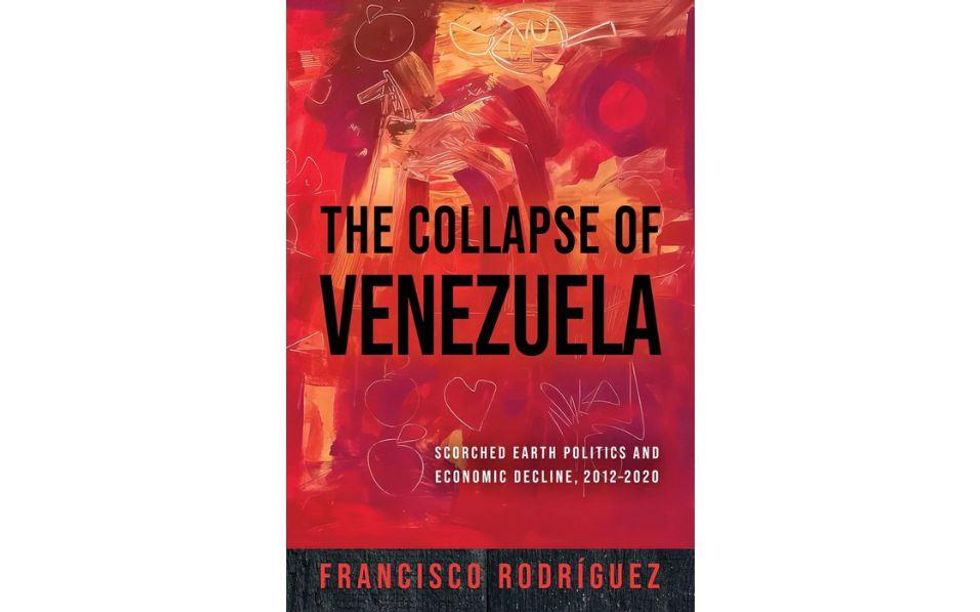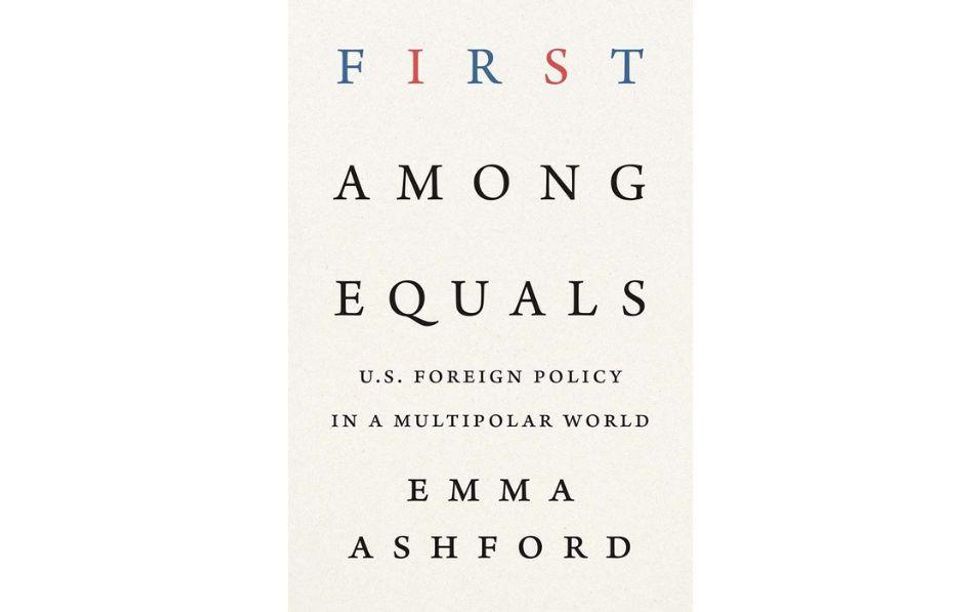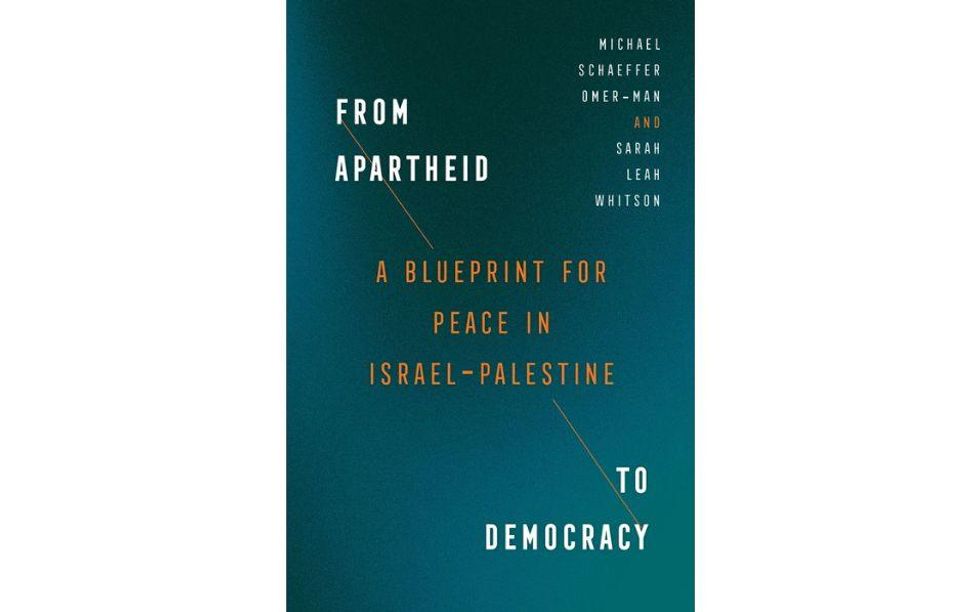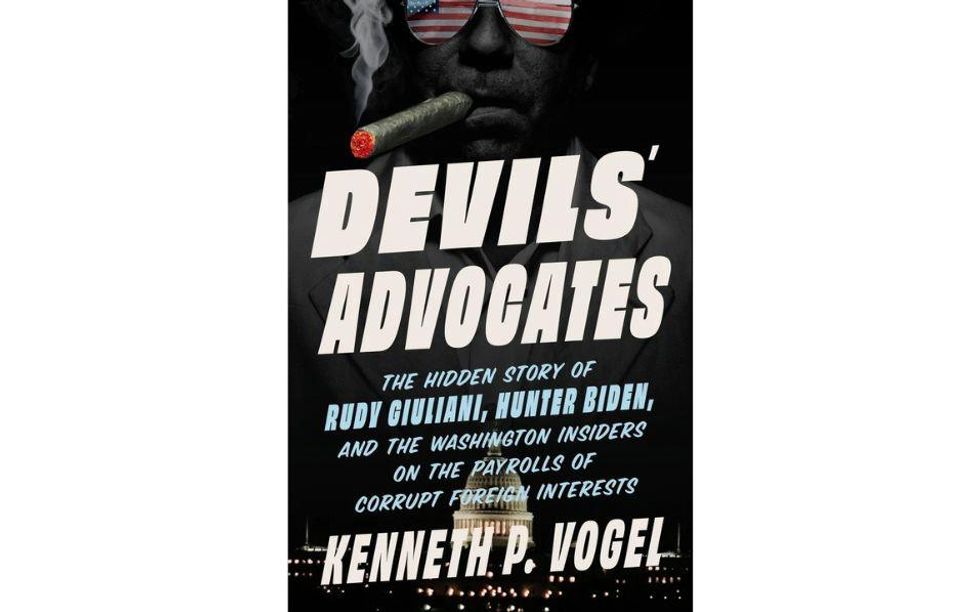Last week’s offensive to liberate the countryside east of Kharkiv was an impressive win for the Ukrainian military and government, as well as its sponsors and managers in the Pentagon, State Department, CIA, and other U.S. intelligence agencies.
Ukraine’s seizure of the Izium rail station was especially key, as Russian forces rely heavily on trains for transport and supplies. Not since the successful defense of Kyiv has the Zelensky government scored such an important battlefield victory. But triumphalist reports in the U.S. media portraying the counteroffensive as a major shift in the direction of the war overstate the significance of these developments.
Russia had already lost the war in the north. After the collapse of their assault on Kyiv in March, Russian soldiers abandoned the Chernihiv and Sumy oblasts, and never came close to full control over Kharkiv, Ukraine’s second-largest city. Their continued occupation of the countryside north and east of Kharkiv was a leftover vestige of that failed first phase of the invasion, which could explain why it was so lightly defended, and why Russian forces, caught off guard, were so quick to retreat.
Western press reports have portrayed Ukraine’s “lightning offensive,” as it’s invariably called, as a major turning point in the war. Nearly all of them use the word “humiliating” to describe Russia’s loss of the area. Russian defenses “collapsed” and they “fled in panic,” we’re told. This was widely attributed to the supposed “exhaustion” and “low morale” of Russian troops. As a result, the battle lines have been “redrawn,” the war’s contours “reshaped.” Putin is said to be “livid and “isolated.” In the maximalist language of the Atlantic Council, the “Ukrainian victory shatter[ed] Russia’s reputation as a military superpower.”
There’s a fair amount of wishful thinking in all of this rhetoric. Since April, it has been clear that Putin, after failing to take Kyiv and Kharkiv, pivoted to a downsized Plan B of securing a land bridge to Crimea in the south. Not only can this be gleaned from a glance at a map of troop movements, but Russian foreign minister Sergey Lavrov said so explicitly in July.
Going forward, the success or failure of that strategic gambit is how the regime in Moscow will define victory or defeat. And Ukraine’s retaking of the Kharkiv countryside will have little significant effect on Russia’s ability to hold critical southern port cities like Kherson, Melitopol, Mariupol, and Berdyansk. At this point, Kharkiv is not nearly as important an objective as Mykolaiv or Odesa. The Russians can easily make do without the Izium railway.
The Ukrainian army and reserve militia showed extraordinary bravery and endurance in their defense of Kyiv — awe-inspiring courage, really — and punched well above their weight again in last week’s drive to push the Russians east of the Oskil River. But to win the war outright — which would be a miraculous underdog victory — they would need to break through to the Sea of Azov, or retake a major hub like the cities of Donetsk or Luhansk.
Under current conditions, that’s unlikely to happen. A Ukrainian offensive against occupied Kherson, launched in tandem with the blitz east of Kharkiv, has produced no appreciable gains. The battle lines around Mykolaiv and Zaporizhzhia have changed very little since March. Even if Ukrainian forces in the northeast conserve their momentum and continue to press the counteroffensive east of the Oskil, they could retake all of the Luhansk oblast north of the Donets River and still not seriously imperil Russian control of the coast and Crimea.
War is unpredictable, and it’s always possible that an unexpected concatenation of Russian losses really could precipitate a total collapse of Moscow’s expeditionary force, and a complete retreat from the Donbas. There’s a scary unanswered question of how the Putin regime would respond in that eventuality, because they have held certain highly destructive munitions in reserve, but it’s probably premature to go there unless and until Ukraine racks up additional territorial gains.
The coming winter weather, which can be brutally cold and icy in Ukraine, is likely to slow troop movements, and perhaps bring them to a near halt (as would happen in Afghanistan every winter). In a more metaphorical sense, the conflict might already be frozen. Since about May, this has increasingly seemed to be the cold, hard reality, loathe as propagandists on both sides are to admit it.
A “frozen conflict” is a term for a war whose battle lines have hardened and congealed, but without any truce or treaty to formally cede conquered territory to the aggressor, resulting in a kind of gray zone on the map of the globe — dead spots in the international order. Examples include ex-Soviet territories like Transnistria, Abkhazia, and South Ossetia, which legally belong to Moldova in the case of Transnistria and Georgia in the case of the other two, but which have been occupied by Russia for years.
Russia’s puppet states in the Donbas are only the most recent addition to this curtilage of quasi-sovereign vassalages in countries that used to belong to the U.S.S.R. It will be very difficult for Ukraine to win back the swath of coastal land from Luhansk to Kherson, in part because the people there are culturally, ethnically, and linguistically inclined towards Russia. That is why Putin targeted them in the first place.
“Frozen conflict” can also describe fractured, balkanized states like Iraq, Syria, Libya, Somalia, Yemen, Mali, and other sites of U.S. and NATO intervention. In these countries, the U.S. military and intelligence agencies, often acting through proxies, successfully ousted or badly destabilized the existing government, but failed to fully install a replacement regime that was both subservient to Washington and able to govern effectively.
Warlords, gangsters, jihadists, mercenaries, slave traders, arms dealers, drug traffickers, paramilitaries, and spies flowed into the power vacuum. In Syria, which is partially occupied by U.S. forces to this day, Russia also intervened, resulting in a split with two-thirds of the country governed by a Russian-backed coalition, and the remainder controlled by American proxy forces and special operations soldiers.
That’s been the status quo in Syria for the better part of a decade; and at this juncture, the Kharkiv counteroffensive notwithstanding, it seems to be the most likely future for Ukraine, too: a war that never ends, in an unlucky country caught between two past-their-prime superpowers, neither of which has the ability to win outright, nor the humanity to negotiate a compromise, with the result that many thousands die in vain.
























